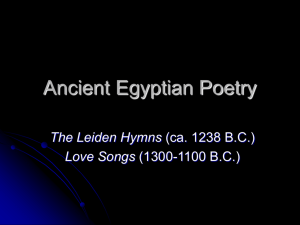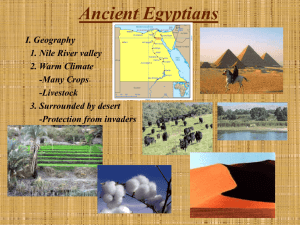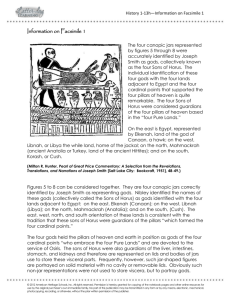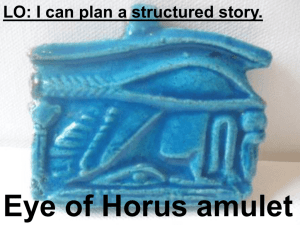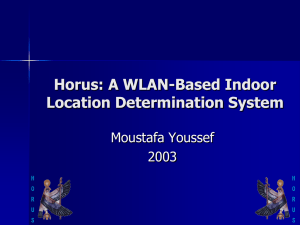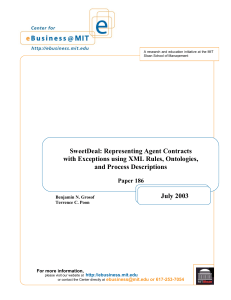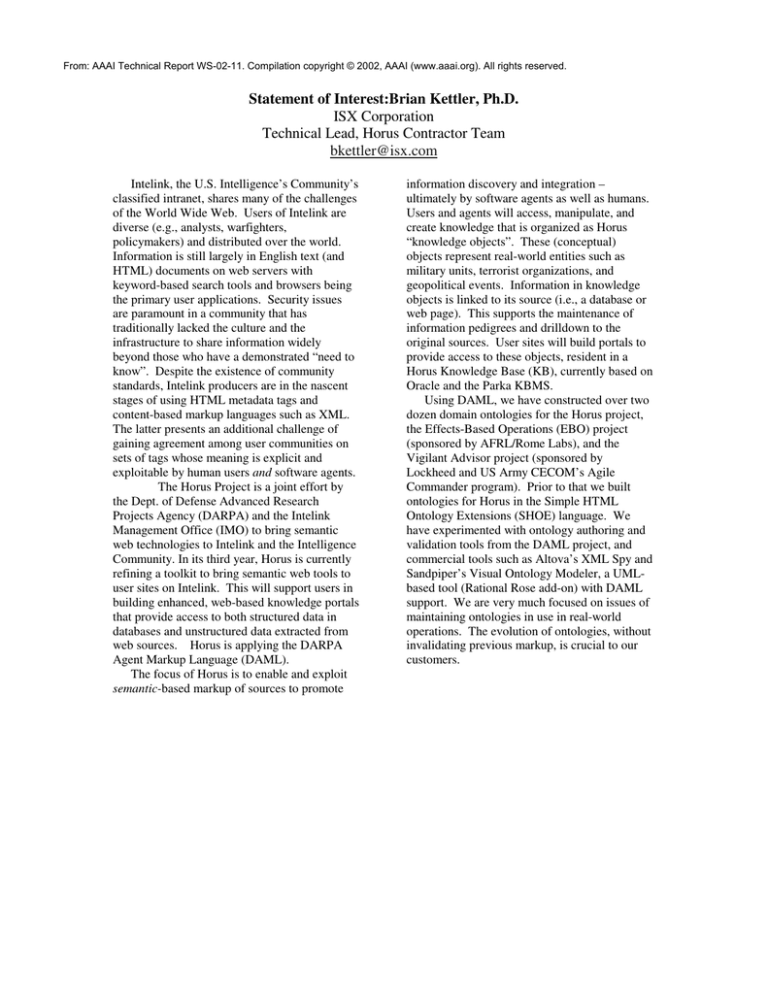
From: AAAI Technical Report WS-02-11. Compilation copyright © 2002, AAAI (www.aaai.org). All rights reserved.
Statement of Interest:Brian Kettler, Ph.D.
ISX Corporation
Technical Lead, Horus Contractor Team
bkettler@isx.com
Intelink, the U.S. Intelligence’s Community’s
classified intranet, shares many of the challenges
of the World Wide Web. Users of Intelink are
diverse (e.g., analysts, warfighters,
policymakers) and distributed over the world.
Information is still largely in English text (and
HTML) documents on web servers with
keyword-based search tools and browsers being
the primary user applications. Security issues
are paramount in a community that has
traditionally lacked the culture and the
infrastructure to share information widely
beyond those who have a demonstrated “need to
know”. Despite the existence of community
standards, Intelink producers are in the nascent
stages of using HTML metadata tags and
content-based markup languages such as XML.
The latter presents an additional challenge of
gaining agreement among user communities on
sets of tags whose meaning is explicit and
exploitable by human users and software agents.
The Horus Project is a joint effort by
the Dept. of Defense Advanced Research
Projects Agency (DARPA) and the Intelink
Management Office (IMO) to bring semantic
web technologies to Intelink and the Intelligence
Community. In its third year, Horus is currently
refining a toolkit to bring semantic web tools to
user sites on Intelink. This will support users in
building enhanced, web-based knowledge portals
that provide access to both structured data in
databases and unstructured data extracted from
web sources. Horus is applying the DARPA
Agent Markup Language (DAML).
The focus of Horus is to enable and exploit
semantic-based markup of sources to promote
information discovery and integration –
ultimately by software agents as well as humans.
Users and agents will access, manipulate, and
create knowledge that is organized as Horus
“knowledge objects”. These (conceptual)
objects represent real-world entities such as
military units, terrorist organizations, and
geopolitical events. Information in knowledge
objects is linked to its source (i.e., a database or
web page). This supports the maintenance of
information pedigrees and drilldown to the
original sources. User sites will build portals to
provide access to these objects, resident in a
Horus Knowledge Base (KB), currently based on
Oracle and the Parka KBMS.
Using DAML, we have constructed over two
dozen domain ontologies for the Horus project,
the Effects-Based Operations (EBO) project
(sponsored by AFRL/Rome Labs), and the
Vigilant Advisor project (sponsored by
Lockheed and US Army CECOM’s Agile
Commander program). Prior to that we built
ontologies for Horus in the Simple HTML
Ontology Extensions (SHOE) language. We
have experimented with ontology authoring and
validation tools from the DAML project, and
commercial tools such as Altova’s XML Spy and
Sandpiper’s Visual Ontology Modeler, a UMLbased tool (Rational Rose add-on) with DAML
support. We are very much focused on issues of
maintaining ontologies in use in real-world
operations. The evolution of ontologies, without
invalidating previous markup, is crucial to our
customers.

